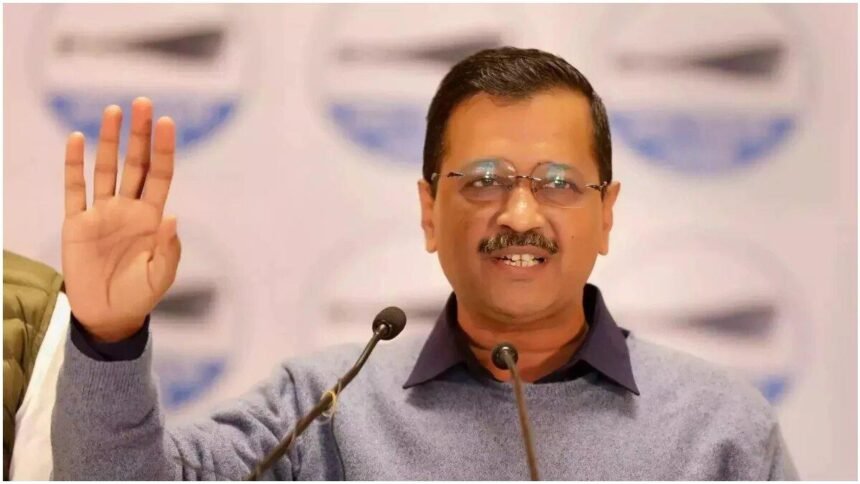The Supreme Court of India is set to deliver its verdict on the long-standing power struggle between the Delhi government and the Lieutenant Governor over control of administrative services in the national capital. The case stems from 2018 when the Arvind Kejriwal-led Delhi government argued in court that its decisions were constantly being overruled by the Lieutenant Governor, who acts as the Centre’s representative in Delhi.
In a landmark verdict last year, the top court ruled that the elected government of Delhi has administrative control over most areas, except for issues related to land, police, and public order. The Lieutenant Governor was directed to act on the aid and advice of the elected government and not function as an obstructionist. However, the case took another turn when the Delhi government appealed, citing a split verdict by a regular bench on appeals related to individual aspects, including services. The matter was then referred to a five-judge Constitution Bench on the Centre’s request.
During the hearing in January, the Centre argued that the “very purpose” of having a Union Territory was for the Union government to administer the territory, while the court questioned the purpose of having an elected government in Delhi if that were the case. The Chief Justice noted that the Centre’s request for a hearing before a larger bench should have been made at the beginning, as it could have affected the case differently.
The power struggle between the Centre and the Delhi government has marred the administration of Delhi since Kejriwal’s Aam Aadmi Party came to power in 2014. Transfers and appointments of officials have been one of the first flashpoints between Kejriwal’s government and the Lieutenant Governor, with Kejriwal frequently complaining that he could not even appoint a “peon” or transfer an officer, as bureaucrats did not obey his government’s orders due to the Home Ministry’s control over their cadre.
The Supreme Court’s verdict on this issue is eagerly awaited, as it could have far-reaching implications for the power dynamics between state governments and the Centre.
